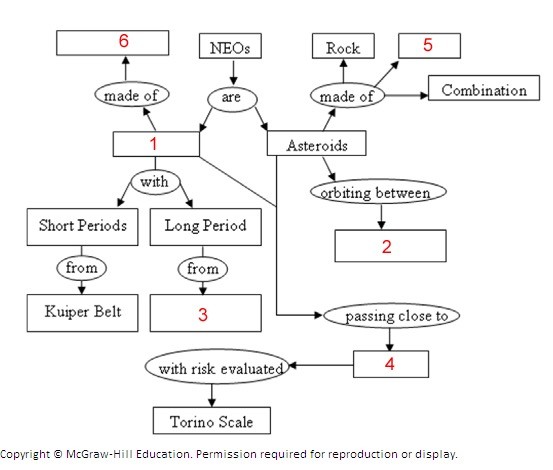Which of the following choices best explains the difference between a crater and a caldera?
A) A crater is a very large circular depression over 1 km across; a caldera is a small funnel-shaped depression.
B) A crater is a small, funnel-shaped depression; a caldera is a large depression that has a diameter of over 1 km.
C) A crater is a fissure in the crust; a caldera is a collapsed summit.
D) A crater is a large circular depression over 1 km across; a caldera is a small, parasitic cone growing on the flank of the volcano.
Answer: B
You might also like to view...
Soil resources in the area included in the Investigation could be impacted by
A) increased soil erosion due to deforestation. B) wind erosion when farm field are bare. C) pollution from the city. D) All of these choices are correct.
What are the major air pollutants that contribute to acid deposition?
What will be an ideal response?
The changes in this field, from grasses to shrubs to trees, represent
A) ecological succession. B) climax production. C) biological evolution of new species. D) ecological adaptation.
Complete the concept map displayed below by selecting the correct response from the answers provided. Think about the orbits of Kuiper belt comets, Oort cloud comets and asteroids. Place them in order from longest to shortest average amount of time required for each of them to orbit the sun.
Think about the orbits of Kuiper belt comets, Oort cloud comets and asteroids. Place them in order from longest to shortest average amount of time required for each of them to orbit the sun.
A. Oort cloud, Kuiper belt, asteroid B. Kuiper belt, Oort cloud, asteroid C. Asteroid, Kuiper belt, Oort cloud